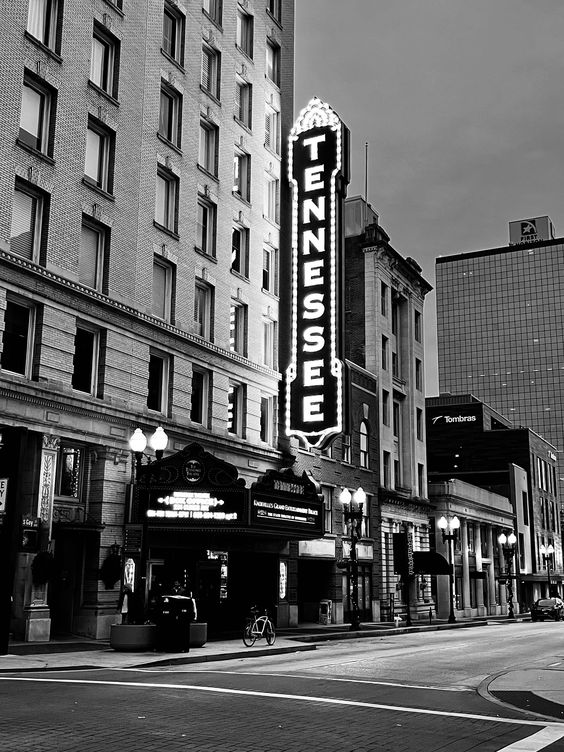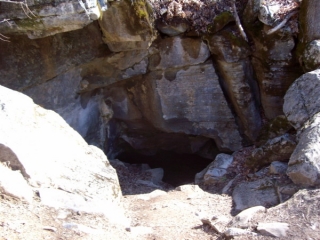Passing Knoxville
 When I was a boy growing up in a small Tennessee town, Knoxville was the biggest city in the world as far as I could prove. To go to Knoxville with my parents was a special occasion. Actually I think it was somewhat special for them as well as me. Later on, to go there by myself was a brave adventure. I can still remember my first solo ride on the White Star Line bus from Maryville to Knoxville. Our town had no hospital then, but Knoxville had many of them. Our town had one high school, but Knoxville had no telling how many. Our town had a small college where my father taught, but Knoxville had the University of Tennessee.
When I was a boy growing up in a small Tennessee town, Knoxville was the biggest city in the world as far as I could prove. To go to Knoxville with my parents was a special occasion. Actually I think it was somewhat special for them as well as me. Later on, to go there by myself was a brave adventure. I can still remember my first solo ride on the White Star Line bus from Maryville to Knoxville. Our town had no hospital then, but Knoxville had many of them. Our town had one high school, but Knoxville had no telling how many. Our town had a small college where my father taught, but Knoxville had the University of Tennessee.
The treasures of Knoxville included the Army Navy surplus store off Gay Street, my favorite. Knoxville boasted the first trampoline I ever saw or used. And the Court House lawn is where we waited with our packs and gear for school buses to come and take us to Camp Pellissippi on nearby Norris Lake. Near Miller’s Department Store was the S&W Cafeteria where men in uniforms carried the tray to your table, imagine that. Nearby was the Sterchi Brothers Furniture Store which started in Knoxville and then expanded in the Southeast. On the north side of town was the Whittle Springs Hotel, named for the nearby mineral springs that were said to have healing properties. Beside the winding Tennessee River sprawled the university, where our high school band was invited to march and play at halftimes when small crowds were expected. No small crowds are ever expected there today.
Although we had two movie theatres in my town, those in Knoxville were larger and more special. The Tennessee Theatre was my favorite, but there was also the Riviera and the Bijou. I always thought the Bijou had an odd name.
There were two newspapers in Knoxville: the Knoxville Journal and the Knoxville Sentinel. My parents took the Sentinel. The two main radio stations (it’s hard to imagine, I know, but there was no television then) were WBIR and WNOX. My family listened to WBIR. WNOX was famous for its “Mid-Day Merry-Go-Round.” It also hosted the “Cas Walker Farm and Home Hour” which Dolly Parton sang on when she was 10 years old. Dolly grew up in nearby Sevierville.
Orton Caswell Walker, always known as Cas, was a colorful and influential Knoxville figure. He owned a supermarket chain which featured a “Dollar General” type approach to selling groceries. He catered to lower income and working class customers, in his stores and in his political career. He served on the Knoxville city council and tried hard to become mayor but never made it. He was a hard-spoken, attacking style of populist, and all who knew him were either “for” or “against.” Cas opposed every progressive idea that ever came up, such as putting fluoride in the drinking water which he said was a communist plot against our children. My mother always did her shopping at the local A&P store.
Knoxville was also a place of anonymity, which my home town was not. In our town you might be observed at any time by someone who knew you. They could also know your teachers and your brothers and your parents. Knoxville was a foreign place where no one knew your face or name. People did things in Knoxville they would not do at home. What things those were I leave for another time.
Tonight I am passing Knoxville along I-40 on my way to Chattanooga. It is now, not then. I am passing by and thinking back.
Most of Knoxville is unfamiliar now. The GPS would have to help me find my way around.


